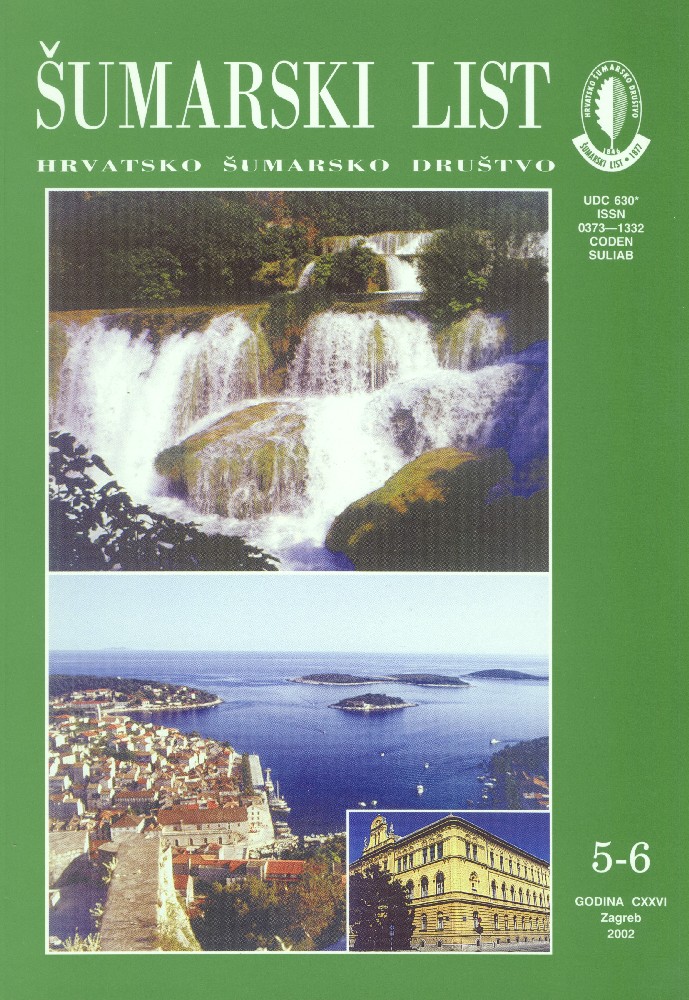| Medak, J., Slade, D., Vukelić, M., Medvedović, J. | UDK 630* 188 + 182.1 (001) |
Summary: The time of the beginning, culmination and ending of flowering was recorded during 1998, 1999 and 2000 on some species which flower during the winter or early in the spring in the Botanical garden of the Faculty of Natural Sciences and Mathematics University of Zagreb. Those were the species of genus Chimonanthus, Cornus, Corylopsis, Forsythia, Hamamelis, Jasminum, Lonicera and Sarcococca. It was found out that for the species (Chimonanthus praecox, Jasminum nudiflorum, Lonicera fragrantissima, Lonicera ×purpusii), which in good weather conditions flower during the whole winter, we cannot predict the time of the beginning of flowering and neither very often the time of the culmination of flowering. For those species the time of flowering is under the strong influence of the weather conditions, especially the average value of daily and monthly air temperature. Other species (Sarcococca spp., Corylopsis sinensis var. glandulifera, most species from the genus Forsythia, Lonicera praeflorens) flower approximately at the same time every year and only greater changes of weather conditions, especially higher temperature in the second part of the winter, have influence on these species. The species of the third group (Cornus mas, Corylopsis spicata , C. willmottiae, Hamamelis japonica ´Zuccariniana´, Forsythia viridissima), which flowered at the same time during the period of three year, are closely related to the species of the second group. Generally, we can conclude that species which flower earlier show more variability as regards the time of flowering than species which flower later (at the end of winter or at the beginning of spring). All species show the most stability according to the time of ending of flowering, according to the time of culmination stability is less, while the time of the beginning of flowering is the most variable.
Key words: Chimonanthus; Cornus; Corylopsis; Forsythia; Hamamelis; Jasminum; Lonicera; phenology; Sarcococca; time of flowering |



